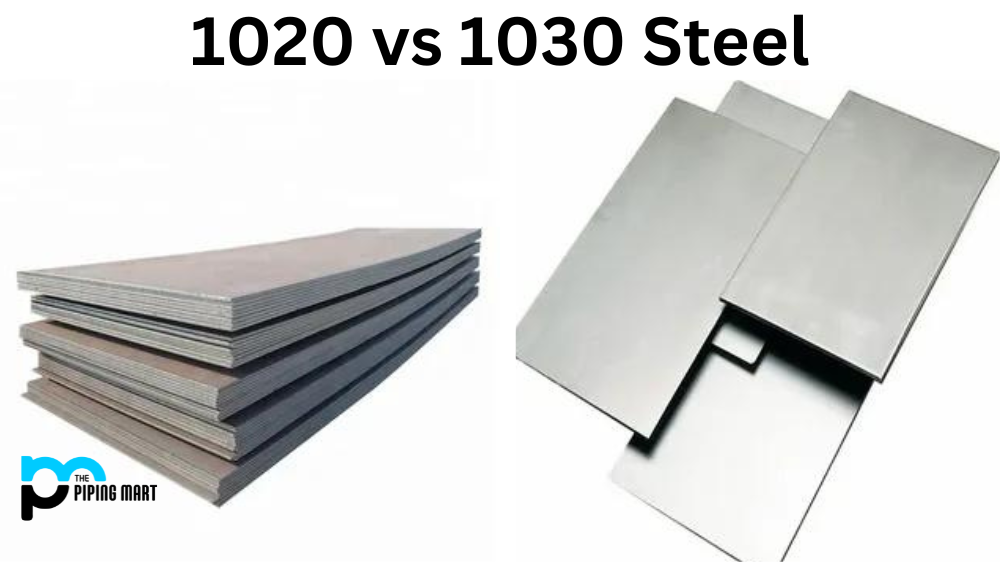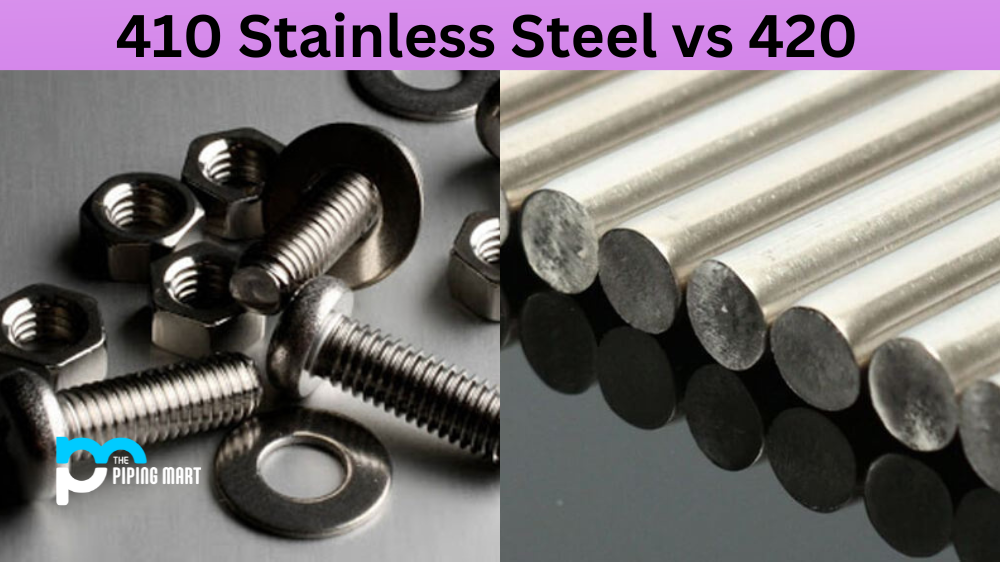The options can be overwhelming when choosing the correct steel for a particular application. Two common types of steel often compared are 1020 and 1030 steel. But what are the differences between these two steels, and which one is the better choice? In this blog post, we’ll take a closer look at the properties of 1020 and 1030 steel and help you make an informed decision.
What is 1020 Steel?
This type of low-carbon steel is commonly used for parts that don’t require high strength or hardness. It’s easy to weld and form, making it ideal for creating intricate shapes and designs. 1020 steel also has excellent machinability, so it can be easily cut, drilled, and turned. However, it has lower tensile and yield strength than other steels, which may not be suitable for high-stress applications.
What is 1030 Steel?
It is a medium-carbon steel with higher strength and hardness than 1020 steel. It’s commonly used in applications requiring suitable wear-resistance components, such as gears and shafts. 1030 steel also has good machinability, although it may require higher cutting forces due to its higher carbon content. However, the higher carbon content can also make welding challenging, requiring special precautions to avoid cracking and distortion.
Difference Between 1020 and 1030 Steel
Composition
Carbon content is among the most significant differences between 1020 and 1030 steel. 1020 steel typically contains between 0.15% and 0.25% carbon, while 1030 steel contains 0.28% and 0.34% carbon. The higher carbon content in 1030 steel contributes to its greater hardness and strength, making it more brittle and less ductile than 1020 steel. This means that 1020 steel may be more suitable for applications that require greater flexibility and ductility, such as sheet metal forming.
Cost
Their cost is another essential factor when choosing between 1020 and 1030 steel. Generally, 1020 steel is less expensive than 1030 steel due to its lower carbon content and strength. However, the final cost will depend on other factors, such as the order size and the supplier.
What are the Properties of 1020 and 1030 Steel?
1020 and 1030 steel are low-carbon steels with a maximum carbon content of 0.50%. They have good machinability and weldability properties but differ in their mechanical properties and applications. 1020 steel has a lower tensile strength than 1030 steel but is also cheaper. 1030 steel is often used in applications requiring higher power levels, such as gears, shafts, and connecting rods.
What are the Uses of 1020 and 1030 Steel?
1020 and 1030 steel are typically used for applications that do not require high levels of strength or durability, such as automotive parts, machinery parts, and construction materials.
Conclusion
In conclusion, both 1020 and 1030 steel have advantages and disadvantages, and the choice between them will depend on the specific needs of your application. If flexibility and machinability are more critical than strength and hardness, then 1020 steel may be the better choice. However, if you need components that require more excellent wear resistance and higher strength, then 1030 steel may be a better option. Regardless of your choice, working with a reputable supplier who can provide high-quality steel that meets your specifications is essential.

A passionate metal industry expert and blogger. With over 5 years of experience in the field, Palak brings a wealth of knowledge and insight to her writing. Whether discussing the latest trends in the metal industry or sharing tips, she is dedicated to helping others succeed in the metal industry.




